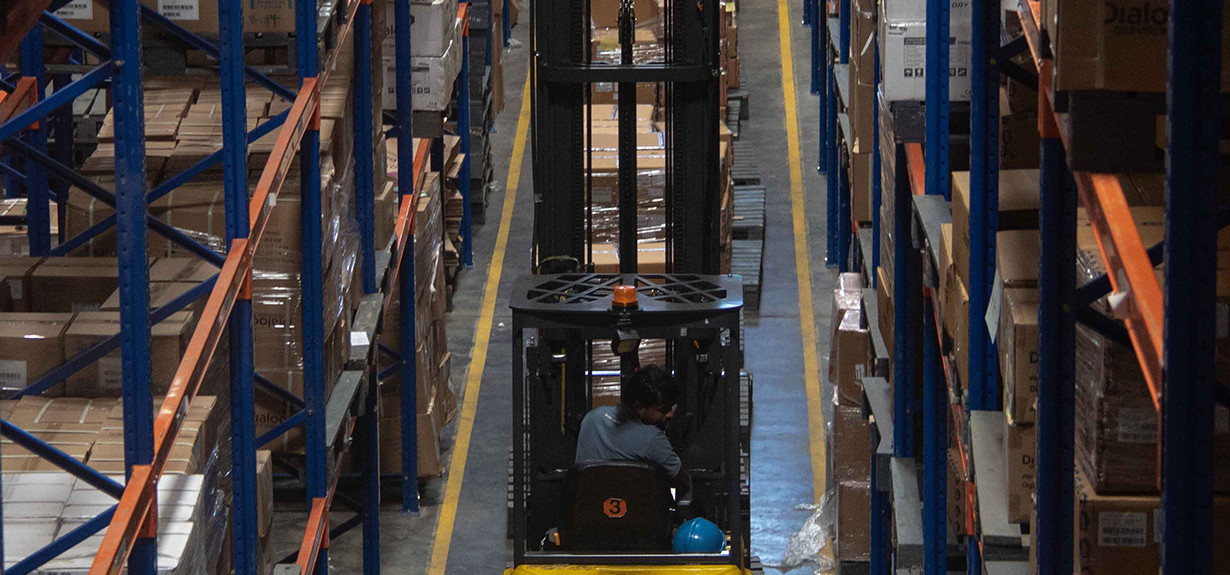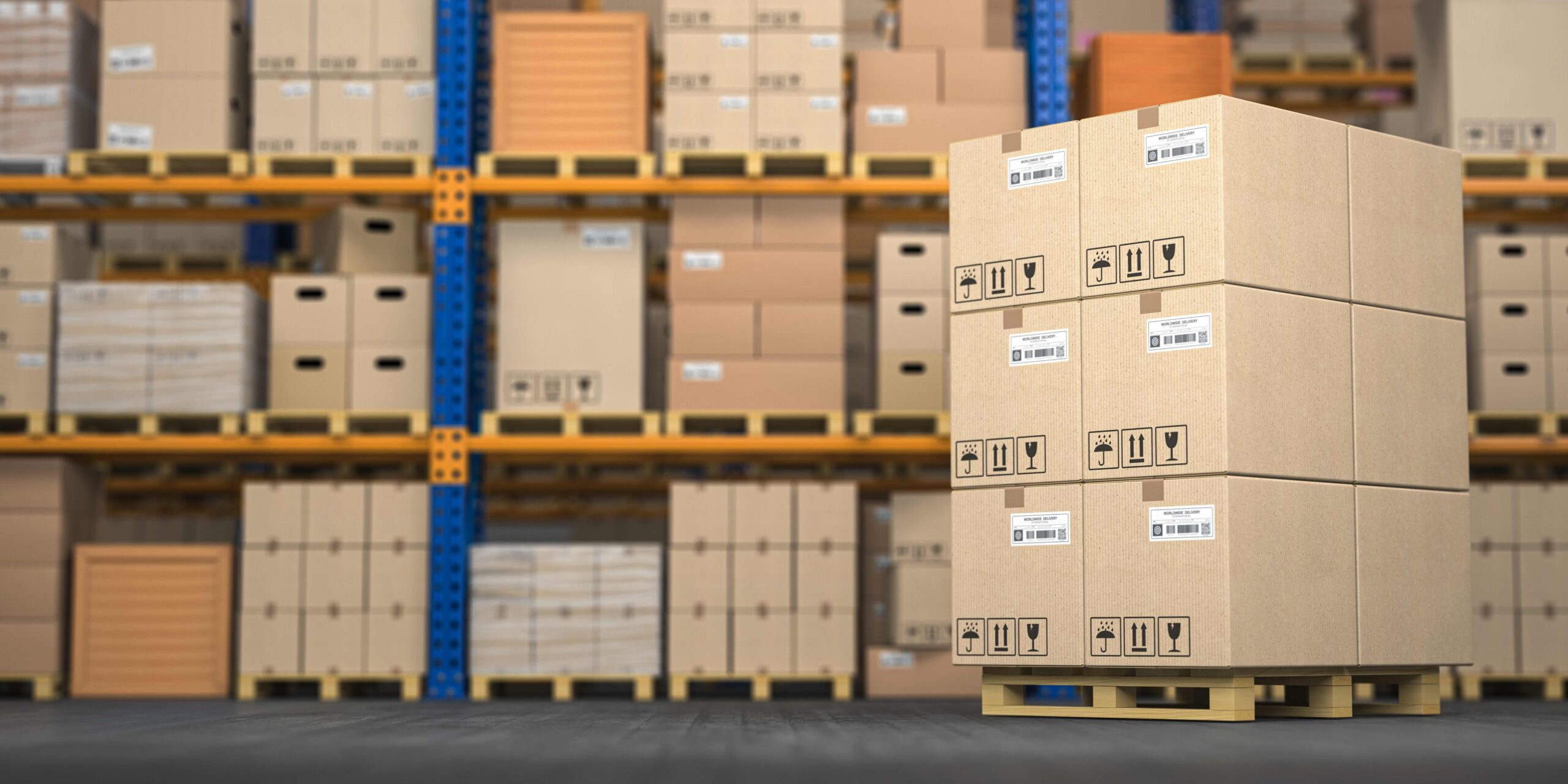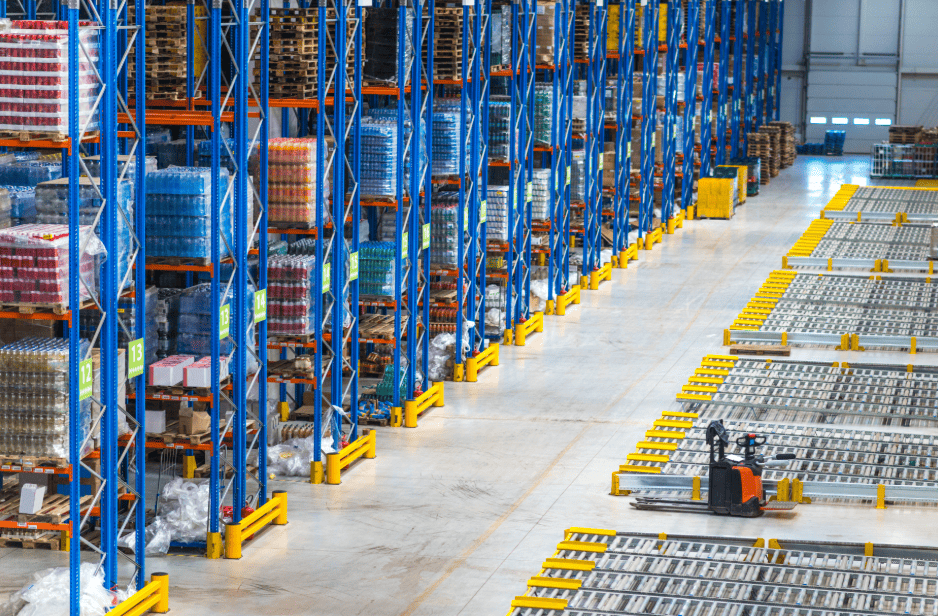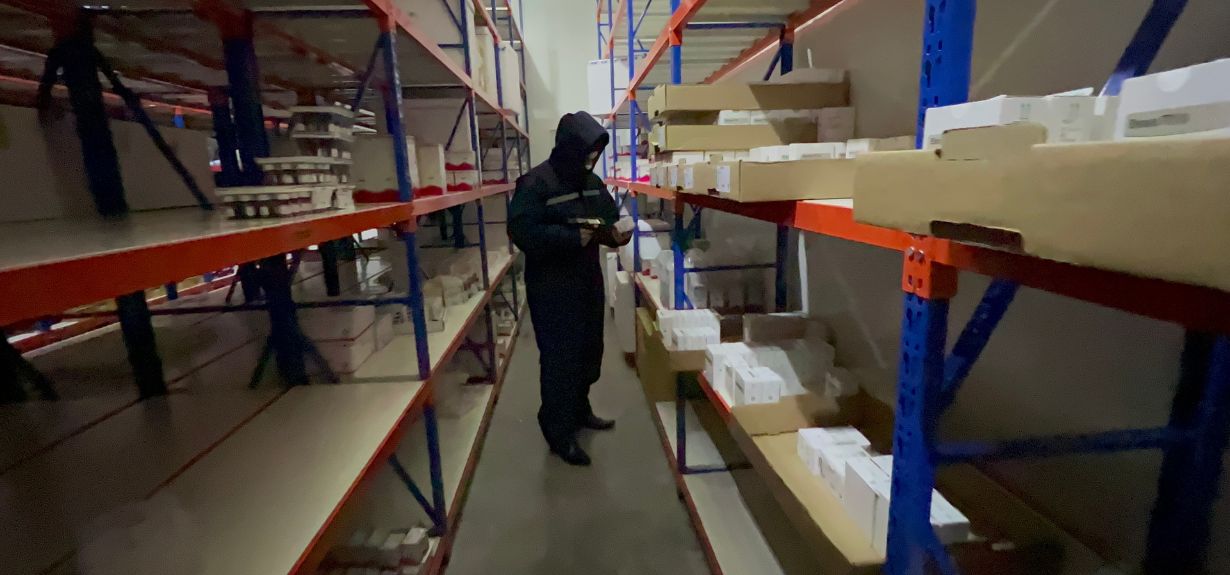Blogs
How Technology is Transforming Distribution Center Management?

In the dynamic realm of logistics, distribution centers serve as the pivotal hubs for efficient supply chain operations. Driven by ever-evolving technology and the relentless demands of today’s consumers, these crucial hubs of commerce are being reinvented into dynamic, data-driven operations. This piece delves into the profound impact of technology on optimizing distribution centers, fostering agility, and enhancing efficiency in modern logistics operations.
Streamlined Operations Through Automation
Automation is rapidly changing the face of distribution centers. In today’s landscape, robotics and AI systems have revolutionized processes like picking, packing, and sorting within distribution centers. Automated Guided Vehicles (AGVs) and drones further enhance inventory management and accelerate order fulfillment. Success stories highlighting the cost-effectiveness and efficiency brought by automation in EFL 3PL environments underscore its significance.
Data-Driven Decision Making
Data is the new oil that powers modern distribution centers. Utilizing advanced warehouse management systems (WMS), big data analytics and predictive modeling organizations collect vast amounts of data and optimize their inventory levels, minimize stockouts, and bolster the accuracy of demand forecasting. IoT sensors enable real-time monitoring of inventory, equipment, and environmental conditions, empowering proactive decision-making and preempting supply chain disruptions.
Enhancing Supply Chain Visibility and Transparency
Radio-frequency identification (RFID) tags and sensor-equipped pallets are providing end-to-end visibility, allowing companies to track goods from the moment they arrive at the warehouse to the customer’s doorstep. Cloud-based platforms offer real-time visibility into inventory, shipments, and order statuses, facilitating collaboration among stakeholders. Improved visibility translates to elevated customer satisfaction, refined inventory management, and heightened supply chain resilience. Blockchain technology fosters a secure and transparent supply chain, enabling traceability and authentication.
Technological Innovations for Sustainability
The integration of eco-friendly tech like electric vehicles and energy-efficient warehouse systems reduces the carbon footprint in distribution center management operations. Smart packaging solutions minimize waste and optimize product packaging for transportation, contributing to sustainability objectives and environmental alignment.
The Rise of the Smart Warehouse
The convergence of these technological advancements has given rise to the concept of the “smart warehouse.” This futuristic approach integrates automation, data analytics, AI, and IoT to establish a self-optimizing and highly efficient operational environment. The advantages of this innovative concept encompass, but are not limited to, reduced labor costs, heightened overall operational efficiency, improved accuracy, and increased adaptability to fluctuating demands. Third-party logistics companies in Sri Lanka are actively exploring this concept as they have realized its significance for the future.
Conclusion
The fusion of technology with EFL 3PL signifies a new era of efficiency and innovation in distribution center management. Automation, data analytics, visibility enhancement, and sustainability initiatives are shaping the landscape of logistics operations. Adapting to these advancements is crucial for businesses aiming to remain competitive and responsive to the evolving supply chain dynamics.
Technology’s prowess holds immense potential for optimizing operations, reducing costs, and delivering heightened value to customers through enhanced logistics and supply chain management. As third-party logistics companies harness these technological advancements, they pave the way for a future where efficiency, agility, and customer-centricity reign supreme in logistics operations.





